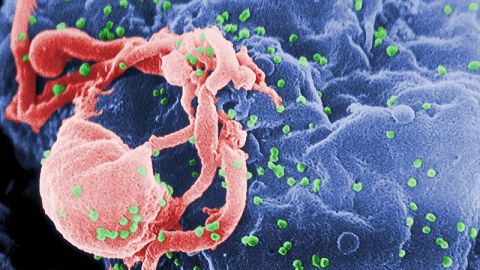Interdisciplinary Approach Raises Prospects for HIV Vaccine

What’s the Latest Development?
Combining tactics from the fields of physics, computational biology, virology and immunology, scientists at MIT and Harvard have found a new path forward for the potential development of an HIV vaccine. “The researchers have developed and experimentally validated a computational method that can analyze viral protein sequences to determine how well different viral strains can reproduce in the body. That knowledge gives researchers an unprecedented guide for identifying viral vulnerabilities that could be exploited to design successful vaccine targets.”
What’s the Big Idea?
The pernicious nature of HIV is closely related to the virus’ ability to mutate quickly enough that it stymies the efforts of bodily immune cells attempting to combat the disease. While former efforts concentrated on finding essential and non-mutating proteins, new efforts have focused on predictive analyses of proteins formed by evolving amino acid chains. Arup Chakraborty, MIT professor of chemical engineering, said: “The reason we are excited about this is that we now have a method that combines two technologies that are getting cheaper all the time: sequencing and computation.”
Photo credit: Shutterstock.com





